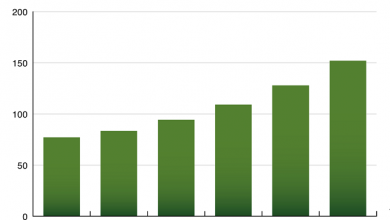Usage Based Insurance – Big Data renovating the auto insurance sector
Published: June 2, 2014

The car insurance industry is on the brink of an intense change that will effectively manage claim costs, enhance pricing style, improve profitability, and differentiate policyholder products and services. Additionally there is an opportunity to improve the driving style and reduce accident frequency and severity.
Usage-based insurance (UBI) programs are driving the change and expanding around the globe. UBI is a recent innovation from auto insurers that confidentially aligns driving behaviors with premium rates for auto insurance. Mileage and driving behaviors are tracked using in-vehicle telecommunication devices (telematics) that are usually self-installed into a special vehicle port.
The basic idea of telematics auto insurance is to monitor the behavior of vehicle driver. The telematics device measures a number of elements of interest to countersign: miles driven; time of day; location where the vehicle is driven; acceleration; hard breaking; hard cornering; and air bag deployment etc. The insurance company then assesses collected data and calculates insurance premiums accordingly concerning the risks involved. This can encourage vehicle drivers to drive sensibly and discourage traffic violation which would directly help in reducing road hazards and saving fuel.
Also with the growth of connected cars and vehicles with built-in connectivity the UBI industry is seeing revolutionary change. Services like General Motor’s OnStar, The Floow’s Fleet Manager and consumer devices like GPS and smartphones have brought Internet on the road and mitigate the need for device development. Insurance provider began forming partnerships with auto manufacturers to facilitate data transmission. Further, a number of drivers are already seeing the impact of usage-based programs on their insurance premiums, with the emergence of pay-as-you-drive programs. Pay-as-you-drive, or PAYD, is a type of insurance policy in which policy premium amount are calculated on their actual driving behavior (and subsequent risk) rather than their presumed behavior.
Apart from the usage the UBI programs have challenges as well. The practice of tracking mileage and behavior information in UBI programs has raised privacy concerns. As a result, some states have endorsed legislation requiring disclosure of tracking practices and devices. Additionally, UBI programs rely heavily on costly technology to capture and sensitize driving data. Also, UBI is in its infancy and there are few uncertainty surrounding the selection and interpretation of driving data and how the data should be integrated into existing or new price structures to maintain profitability.
Despite some obstacles, consumers are positive towards UBI telematics. The growth of UBI programs are being propelled by technology advances which significantly improves the cost, convenience, and effectiveness of using telematics. With using UBI programs insurer would be able to differentiate products, gain competitive advantage, and attract low-risk policyholders.



